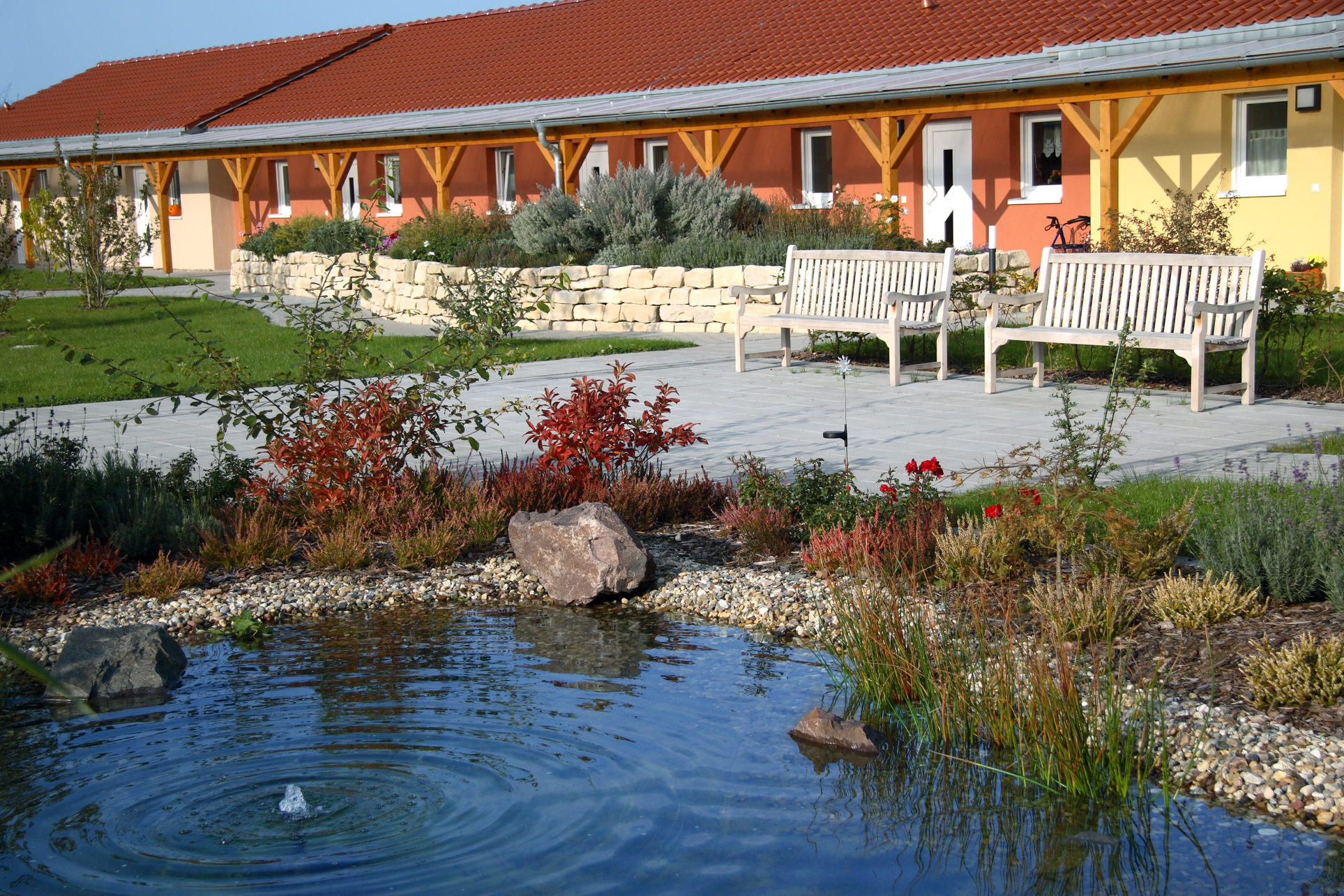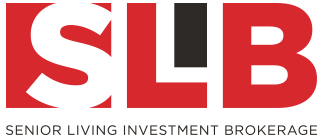
How Do Interest Rates Impact the Value of my Senior Living Community? – By Jason Punzel
Over the past several years, interest rates have been extremely low. Since the beginning of 2020, due to the COVID-19 pandemic, the 10-year US Treasury rate (a common benchmark for financial instruments) reached an all-time low in April at about .58% and today has risen to .64%. The Federal Funds Rate has been reduced to 0%-.25% and there has even been talk of it possibly going negative. The 10-year Treasury hit an all-time high in August, 1981, at 15.32% and has averaged 4.64% since 1870. Thus, there is a high likelihood that interest rates will increase in the future as they revert back to the historic mean. Therefore, many owners ask us, “How Do Interest Rates Impact the Value of my Senior Living Community?”
Interest Rates, or Cap Rates, are a measure of an investor’s rate of return. An interest rate is made up of three components: risk, inflation, and time value of money (allowing someone else to use your money). The theoretical risk-free investment is a US Treasury or FDIC insured savings account/CD. Thus, all other investments can be bench marked by these indexes. The greater the perceived risk of an investment, the greater the spread, or “risk premium”, will be for that investment over the US Treasury. Today, average capitalization rates (rates of return/risk premium) for assisted living facilities are around 7.5%, or about 700 basis points above the 10-year US Treasury. This is the risk premium investors place on senior living communities versus the alternative of investing in a “risk free” US Treasury bond. When rates change on US Treasury bonds, typically cap rates change the same on senior living communities (or any investment), assuming the risk premium stays the same.
However, given that cap rates have increased approximately 50-100 basis points since the beginning of the COVID crisis while the 10-year Treasury has decreased approximately 100 basis points, it implies risk premium has increased by 150-200 basis points for senior living communities due to COVID-19.
To determine the value of a senior living community, the Net Operating Income (NOI) is divided by the Cap Rate.
Net Operating Income (NOI) /Cap Rate = Value – (the higher the cap rate, the lower the value).
Thus, as interest rates and cap rates increase, values go down. Below are several examples:
NOI = $600,000, Cap Rate = 7%, Value = $8,571,429
NOI = $600,000, Cap Rate = 8%, Value = $7,500,000
NOI = $600,000, Cap Rate = 9%, Value = $6,667,000
Conclusion:
As you can see, for every 1% increase in the cap rate, the value drops by over 11%. If interest rates start to rise over the next several years, it could dramatically lower pricing. However, as concerns over COVID decrease in the future, the risk premium will decrease. This will have the opposite effect, lowering cap rates and increasing prices. Thus, there is a lot of uncertainty over future cap rates in senior housing depending on future interest rates and risk premiums.
For a complete analysis on how interest rates and risk premiums can effect your community’s value, both now and in the future, contact Jason Punzel, Senior Living Investment Brokerage, at 630-858-2501 x 233 or punzel@slibinc.com.



